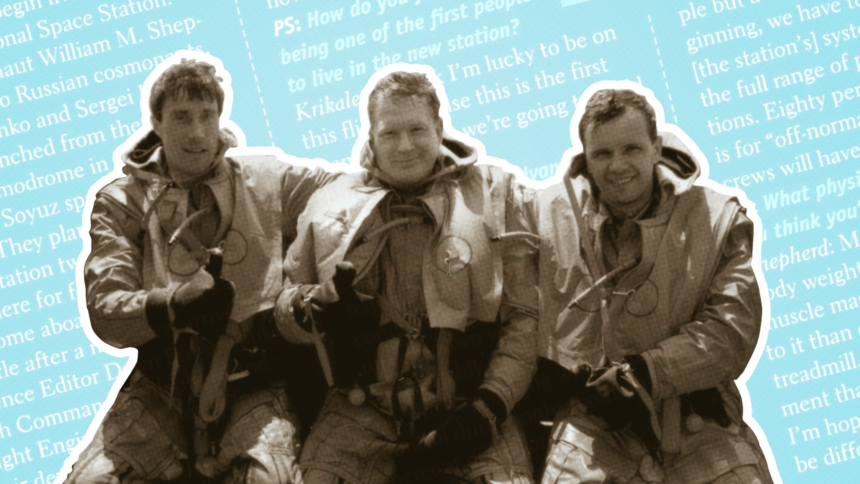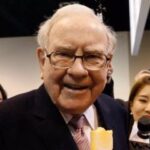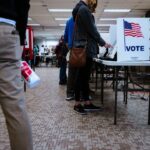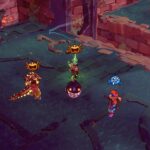“`html
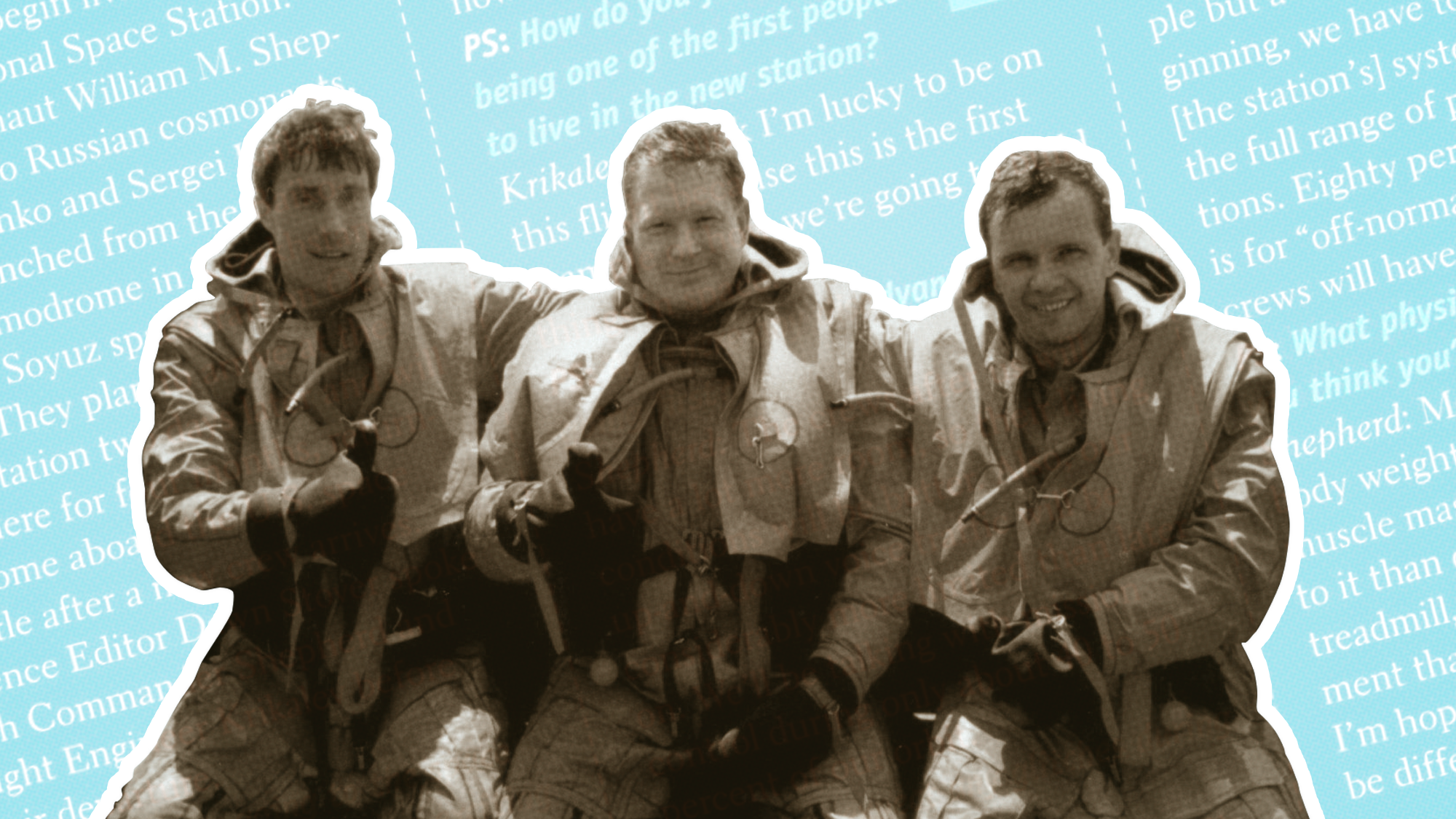
The International Space Station (ISS), our most significant outpost beyond Earth, has been inhabited continuously since November 2, 2000. That month, Popular Science featured an interview by Science Editor Dawn Stover with two of the ISS’s pioneering residents: NASA astronaut William Shepherd and Russian cosmonaut Sergei Krikalev. The third member of their crew was fellow Russian cosmonaut Yuri Gidzenko.
Krikalev expressed his gratitude for being among the first inhabitants of the ISS, stating, “This is a groundbreaking example of how we will construct in space.” In contrast, Shepherd took a more practical approach, emphasizing his hope that the station’s treadmill and other fitness equipment would assist in counteracting muscle and bone deterioration—a common issue faced during extended periods in microgravity—throughout their four-month mission.
Developed through collaboration among fifteen nations and their respective space agencies—including NASA from the United States, Roscosmos from Russia, the European Space Agency (ESA), Japan’s JAXA (Japan Aerospace Exploration Agency), and Canada’s CSA (Canadian Space Agency)—the ISS serves multiple purposes: it is a home for astronauts, a research laboratory that has conducted over 3,700 experiments, and recently transformed into an exclusive getaway for wealthy private individuals seeking unique experiences. NASA reports that 280 people from 23 different countries have visited the ISS to date; this group includes both trained astronauts as well as 13 private citizens referred to as “spaceflight participants.”
The journey to reach the ISS can take as little as four hours from Earth’s launch sites. However, securing one of eight docking ports ahead of time is crucial to avoid delays upon arrival. Spontaneous visits are generally discouraged; however, due to a June 2024 incident involving Boeing’s Starliner, its two-member crew—NASA astronauts Butch Wilmore and Suni Williams—had their stay unexpectedly extended by several months.
When asked about potential issues during their mission by Stover, Krikalev replied with certainty: “I anticipate not just one or two problems but potentially dozens!” One major source of frustration was attributed to Windows NT laptops used for communication tasks such as email management and interfacing with critical command systems (which fortunately could function independently). During their initial period aboard the station,
Shepherd voiced concerns regarding time lost troubleshooting laptop malfunctions.
A March 2001 feature in Popular Science, titled ”Living on Alpha,” detailed early life aboard the ISS through Jim Schefter’s writing. He noted that some irritability might be expected given that these new residents were situated at an altitude of 230 miles above Earth for four months without access to outdoor spaces like backyards. Life on this newly established space station was marked by floating objects and limited living quarters initially comprising only three rooms until later expansions introduced larger modules like Destiny Laboratory Module and Harmony Module.
No residence lasts indefinitely: After orbiting our planet for over thirty years now,
the ISS is slated for deorbiting, which entails a controlled descent into an oceanic area far removed from populated regions set for completion in 2031.
By then,
NASA aims to lease habitable spaces on privately operated stations such as Blue Origin’s Orbital Reef. These future stations will cater not only to tourism but also facilitate public-private research initiatives.
Reflecting on his experience during Stover’s interview back in 2000,
Shepherd remarked: “Future crews will enjoy significantly more spacious accommodations than we had.”
November 2000: Establishing Residence Beyond Earth
In October this year,
three crew members are set to commence living aboard the International Space Station.
NASA astronaut William M. Shepherd along with Russian cosmonauts Yuri Gidzenko and Sergei Krikalev will launch from Kazakhstan’s Baikonur Cosmodrome via Soyuz spacecraft on October 30.
They expect arrival at their destination within two days where they’ll remain stationed together over four months before returning home via U.S.-operated shuttle following another crew changeover.
PS: What motivates your journey towards residing at this space station? Wouldn’t it be more thrilling instead if you lived on Mars or even Moon?
Shepherd responded:“We still need advancements regarding construction capabilities within outer space alongside larger boosters requiring greater energy than what solar power can provide presently.”
PS: How does it feel being amongst pioneers inhabiting this new facility?
Krikalev stated:“It feels incredible knowing I’m partaking firsthand witnessing how structures shall evolve beyond our atmosphere.”
PS: Are there any drawbacks associated with being trailblazers?
Shepherd replied:
< p clss =' article_paragrapg sskip '>
PS : Do you foresee encountering technical difficulties throughout your inaugural expedition ?
< p clss =' article_paragrapg sskip '>
Krikalev answered :< span style = ' display : none ; '> I anticipate numerous challenges arising …< / span > “Absolutely! Expect many unforeseen circumstances requiring thorough investigation concerning system performance under various scenarios . Our training primarily focuses around preparing us against unexpected events . Subsequent teams should find things easier.”
< / p >
< p clss =' article_paragrapg sskip '>
PS : What physiological changes do you predict experiencing ?
< p clss =' article_paragrapg sskip '>
Shepherd concluded : “Most individuals tend losing weight along side muscle mass , though susceptibility varies per person . We possess innovative exercise equipment including treadmills never utilized priorly before ; thus hoping data collected differs positively compared past findings .”
The post < a href =" https://www.popsci.com/science/first-astronauts-iss/" > November 2 , 2000 : The first residents move into the International Space Station appeared first on < a href =" https://www.popsci.com" > Popular Science
Source
“`


